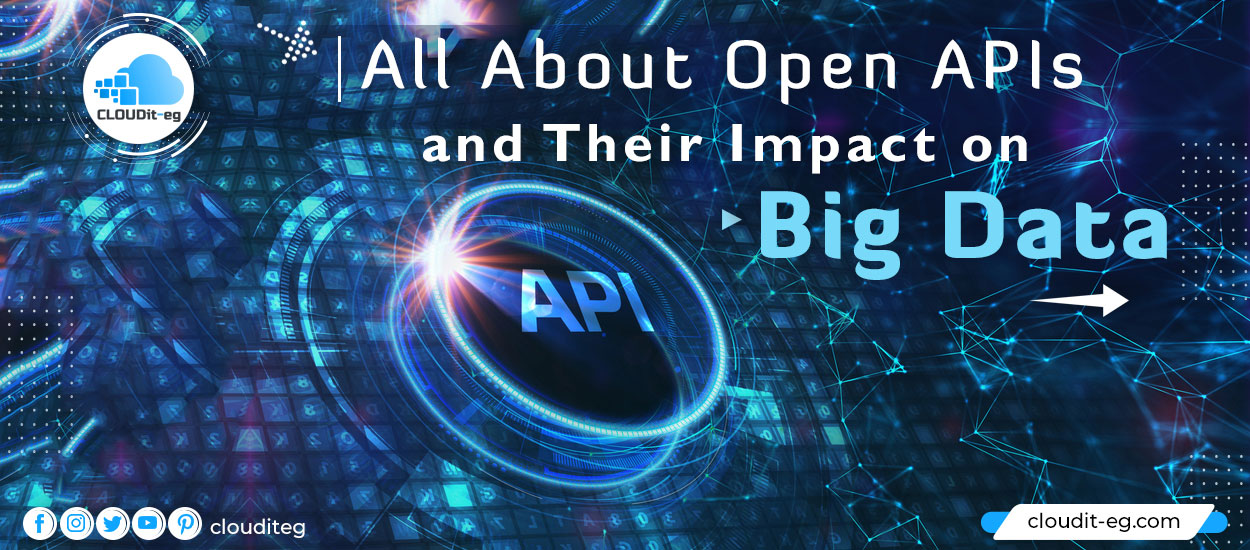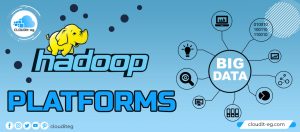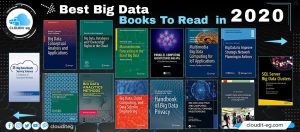More and more used, open APIs have given birth to a real booming economy. However, these programming interfaces have greatly contributed to the explosion in the volume of data on a global scale. Find out everything you need to know about the link between open APIs and big data.
An API or Application Programming Interface in computer science is a set of classes, methods, functions, and constants that act as a facade to allow the software to provide services to other software.
What is an open API?
An open API is an API available free of charge and freely via the Internet. Tech giants such as Google and Yahoo offer many open APIs for example for weather forecasting or traffic management. The Google Maps API is operated by many third parties like Uber.
Likewise, a startup can develop software in-house and then offer it as an open API. Third parties will then be able to access this software and use it as they see fit, respecting the conditions set by the startup. In general, open APIs are not subject to any conditions.
The company that creates and delivers the API benefits from advertising its products and services while retaining ownership of the source code. In turn, users can take advantage of API functionality without having to develop software in-house from scratch. Everyone is therefore a winner.
It is possible to access many public APIs on platforms such as Any-API, or ProgrammableWeb API Directory. Likewise, NASA offers a large number of open APIs.
Companies have understood that Open APIs represent an opportunity to be seized to transform their business. Thus, today we speak of an “API economy” to designate the transactions taking place thanks to these resources.
This economy has experienced a real boom thanks to the democratization of access to APIs through applications. Likewise, the mobile services of smartphones rely on such interfaces.
The importance of open APIs for Big Data
For several years now, the use of “open APIs” has generated immense volumes of data. They have therefore contributed to the development of Big Data.
In the field of online training, for example, open APIs make it possible to easily connect different websites and applications with the systems on which educational content is stored. The API is used to transfer the user’s request from the application to the database.
Generally speaking, open APIs facilitate the connection between multiple data sources through applications. A simple “call” of the API allows access to a data source to obtain the requested information.
This simplicity explains why open APIs are used more and more. However, each use of an API generates data. To take the example of online training, this data can be details about the course, the student, and his performance.
Cognitive APIs and data analysis
In addition, some open APIs are used for data analysis thanks to their cognitive capabilities. The cognitive APIs are relatively new. They accept requests from a system in a specific format and then pass them on to another system that will deliver analysis as a response. This analysis will be transmitted again to the first system.
Thus, this new kind of API is capable of handling complex and unstructured data. A lot of companies use them to create new products and services.
APIs also allow faster access to data storage for big data applications. This makes it possible to find, process, and analyze information more quickly.




